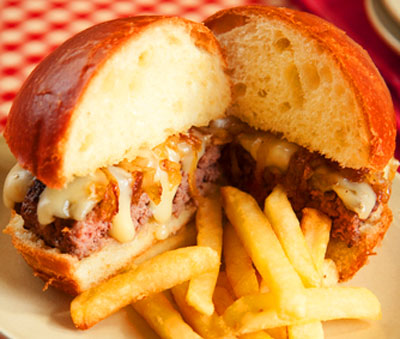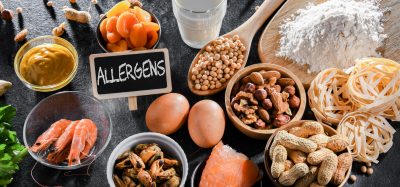Man Vs Food – Are you prepared for the repercussions of undercooked meat?
- Like
- Digg
- Del
- Tumblr
- VKontakte
- Buffer
- Love This
- Odnoklassniki
- Meneame
- Blogger
- Amazon
- Yahoo Mail
- Gmail
- AOL
- Newsvine
- HackerNews
- Evernote
- MySpace
- Mail.ru
- Viadeo
- Line
- Comments
- Yummly
- SMS
- Viber
- Telegram
- Subscribe
- Skype
- Facebook Messenger
- Kakao
- LiveJournal
- Yammer
- Edgar
- Fintel
- Mix
- Instapaper
- Copy Link
Posted: 11 April 2016 | Albert Clamark | No comments yet
Here, Albert Clamark discusses the growing popularity of rare burgers and the steps businesses need to consider when serving them…


With the success of Man Vs Food and the like over recent years, it has brought with it an increased popularity of ‘high class’ fast food and novelty cuisine experiences.


As you may have noticed if you live in and around any major city, burger restaurants have been leading this march front and centre with a unique gimmick of redneck Americana for that nearly-but-not-quite authentic dining experience.
With this renewed desire for authentic Americana, it has brought with it a demand for more and bigger things. It is not enough to enjoy a simple cheeseburger anymore, it must now be served in a brioche bun with a unique assortment of sauces and cheeses and other meats and smoked for a taste that takes your tongue all the way to the Deep South.
And perhaps most important to this level of authenticity is how the burger is cooked and served. Some people prefer their burger a bit on the rarer side but others demand them to be cooked to a crisp to allay any fears of contamination – foodies may turn their nose up at this but by delving into previous cases of E. coli it’s hard to argue against their wishes. In 1993, the Jack In The Box fast food takeaway in America had unknowingly been receiving beef patties contaminated with E. coli from their supplier. On top of this they were only cooking them to 60*C which isn’t hot enough to kill the bacteria, and as a result of serving contaminated meat it led to 600 customers falling ill and the deaths of four children. Needless to say this tragedy saw the federal requirements for core temperatures of burgers being raised in the USA.
On our side of the pond, the Food Standards Agency (FSA) have long had a recommendation in place that burgers should be cooked thoroughly at 70*C until the juices run clear and there is no pink meat within the burger. This, unfortunately, tends to ruin the eating experience of burgers as when they are cooked using a traditional flame grill it often result in charred and well done meat. No doubt due in part to this, and the growing popularity of ‘authentic’ burger joints, the FSA recently updated their guidelines on how burgers can be served and have dictated that as long as the following criteria is met by the restaurant there will be no adverse effects of serving the meat rare:
- That the meat has been sourced from suppliers who have control measures in place that minimise the risk of contamination if served rare or raw;
- That the supplier tests the meat to ensure the control measures are working;
- That the meat is temperature controlled by the restaurant to prevent any growth of bacteria, and that it is cooked and prepared according to verified FSA guidelines;
- That the restaurant menu is clearly labelled, warning the consumer of how the burger is served and the potential risks of eating it.
If your restaurant wants to consider serving ‘undercooked’ burgers, it is important that your staff have the correct training and understanding of food safety. Companies such as Praxis42 offer eLearning and a free trial of their service on the matter but it is also a requirement that the restaurant also notify the local authority of their intention to cook their burgers rare too.







